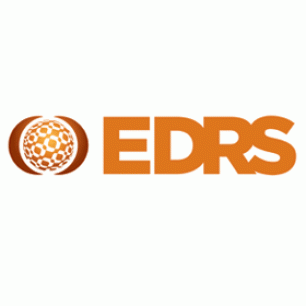The Ecstasy and Related Drugs Reporting System (EDRS) is an ongoing project funded by the Australian Government Department of Health and Ageing, the National Drug Law Enforcement Research Fund (NDLERF), and the Ministerial Council on Drug Strategy modelled upon the more established Illicit Drugs Reporting System (IDRS).
As the focus of the IDRS was upon injecting drug users, it did not directly acknowledge the distinct population regularly using ecstasy and related drugs. Consequently, in 2000, NDLERF funded a two year, two state trial of the feasibility of monitoring emerging trends in the markets for ecstasy and related drugs using the extant IDRS methodology.
The EDRS terms of reference includes drugs that are routinely associated in the context of entertainment venues such as nightclubs or dance parties. This includes drugs such as ecstasy, amphetamines, cocaine, LSD, ketamine, MDA (3-4methylenedioxyamphetamine) and GHB (gamma-hydroxy butyrate). This marked the beginning of the Party Drugs Initiative (PDI), which became a national survey in 2003 and was re-named the Ecstasy and Related Drugs Reporting System (EDRS) in 2006.
The current report presents the findings of the seventh year of data collection for the PDI/EDRS in WA. Like the IDRS, results are based on three data sources:
- interviews with current illicit drug users (in this case regular ecstasy users);
- key expert interviews with professionals who have contact with these users;
- and the collation of secondary indicator data.
Also consistent with the paradigm of the IDRS as an ‘early warning system’, participants resided in the capital city reflecting the likelihood that emerging trends in illicit drug markets are more likely to occur initially in large cities rather than regional centres or rural areas.
The specific aims of the WA EDRS 2009 were to:
- describe the characteristics of a sample of current, regular ecstasy users in Perth;
- examine patterns of ecstasy and other drug use among this sample;
- document market aspects of ecstasy and related drugs in Perth, such as price, purity and availability;
- examine participants’ experiences of the nature and incidence of ecstasy-related harm including physical, psychological, financial, social and legal harms;
- compare key findings of this study with those reported in previous years (2003- 2008); and
- identify emerging trends in the ecstasy and related drug markets that may require further investigation.


